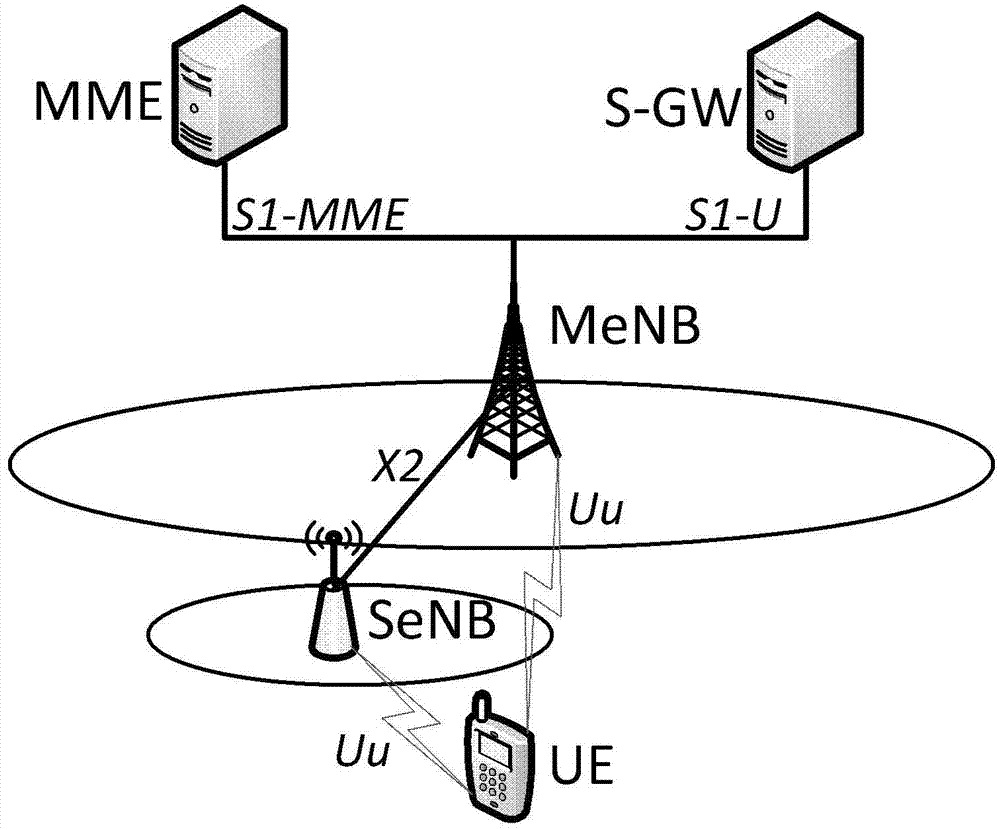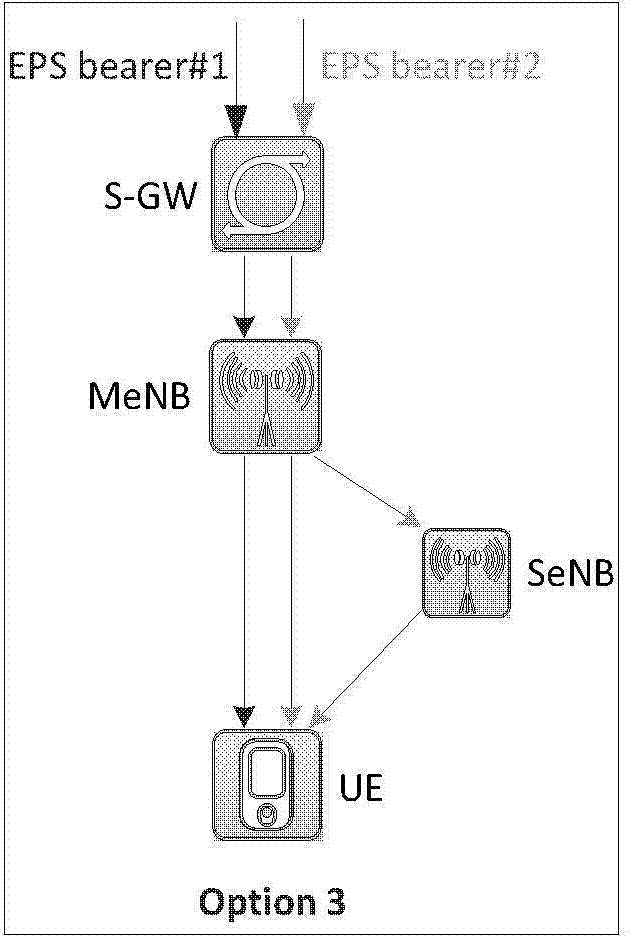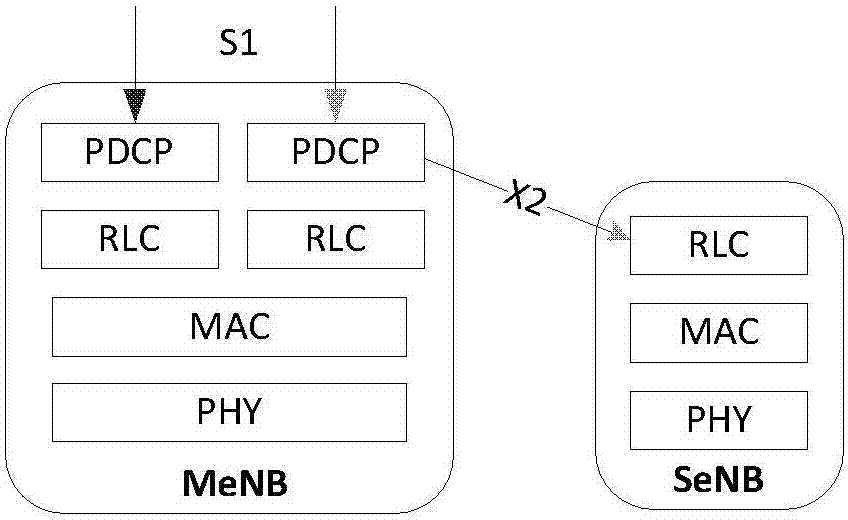Method for switching base stations for user equipment (UE), base stations and UE
A technology for user equipment and base stations, which is applied in the field of base stations and user equipment, and can solve problems such as data interruption on the user plane.
- Summary
- Abstract
- Description
- Claims
- Application Information
AI Technical Summary
Problems solved by technology
Method used
Image
Examples
Embodiment 1
[0107] The inventor of the present application proposes that the main base station may need to be changed when the UE is moving, for example image 3 As shown, the signal quality between the serving cell (called the source cell) of the first base station (called the source base station in the mobile scenario) degrades, and the signal quality between the serving cell (called the target cell) of the third base station (called the target base station) The signal quality increases; at the same time, the UE is always within the coverage of the second base station, that is, the signal quality between the UE and the second base station remains good. In this case, after requesting the consent of the target base station, the source base station instructs the UE to leave the source cell and access the target cell, and needs to instruct the UE to continue data transmission with the second base station after accessing the target cell (that is, maintain the DC state ), to maintain data tra...
Embodiment 2
[0159] This embodiment provides a method for a user equipment to switch base stations, and its concept is the same as that of Embodiment 1 above. It is proposed for the situation that the primary cell in the primary base station of the UE is changed, and the operation is described from the primary base station side, mainly including the following operations:
[0160] When the dual-link UE is handed over to the primary cell under the primary base station, the primary base station determines that the UE maintains the connection and configuration with the secondary base station;
[0161] The primary base station instructs the UE to leave the source cell and access the target cell, while maintaining connection and configuration with the secondary base station.
[0162] Wherein, the primary base station sends RRC and an instruction to maintain the connection and configuration with the secondary base station to the UE, which means that the primary base station instructs the UE to le...
Embodiment 3
[0177] This embodiment provides a base station device that can implement the method in Embodiment 1 above, including at least a first unit and a second unit.
[0178] The first unit determines that the UE maintains the connection and configuration with the secondary base station when the primary base station of the dual-link UE is handed over to the current base station;
[0179] Among them, the first unit is divided into the following modules.
[0180] The receiving module receives the handover request sent by the primary base station and the information of the secondary base station of the UE;
[0181] Both the handover request received by the receiving module and the UE's secondary base station information can be included in a handover request message, or the UE's secondary base station information can be obtained from other existing messages or newly added messages sent by the primary base station.
[0182] The judging module judges whether the UE maintains the connection...
PUM
 Login to View More
Login to View More Abstract
Description
Claims
Application Information
 Login to View More
Login to View More - R&D
- Intellectual Property
- Life Sciences
- Materials
- Tech Scout
- Unparalleled Data Quality
- Higher Quality Content
- 60% Fewer Hallucinations
Browse by: Latest US Patents, China's latest patents, Technical Efficacy Thesaurus, Application Domain, Technology Topic, Popular Technical Reports.
© 2025 PatSnap. All rights reserved.Legal|Privacy policy|Modern Slavery Act Transparency Statement|Sitemap|About US| Contact US: help@patsnap.com



